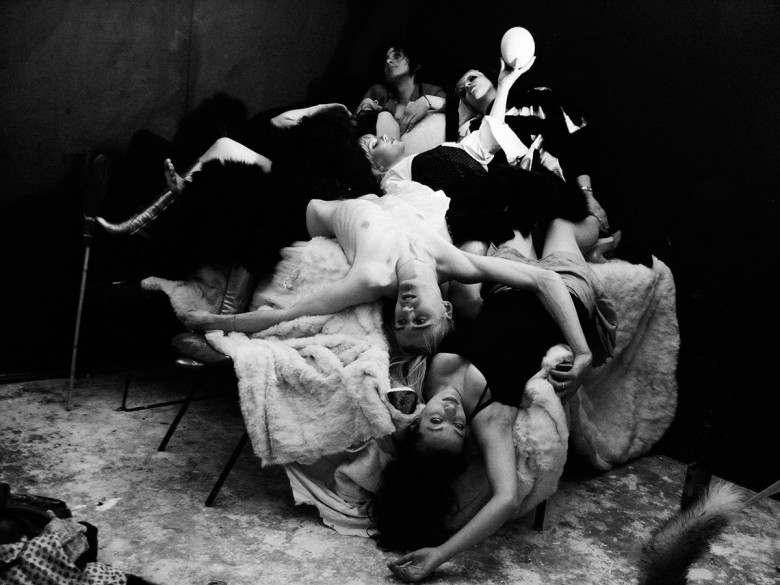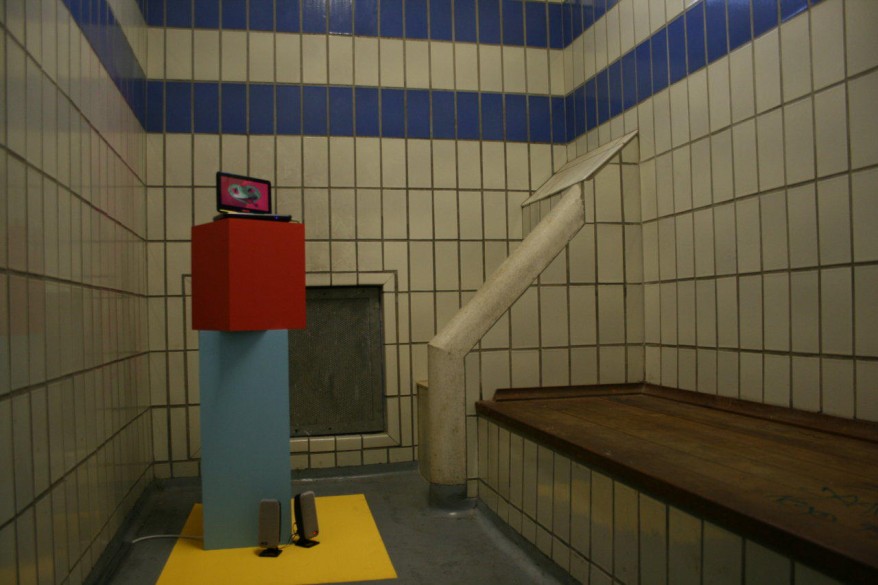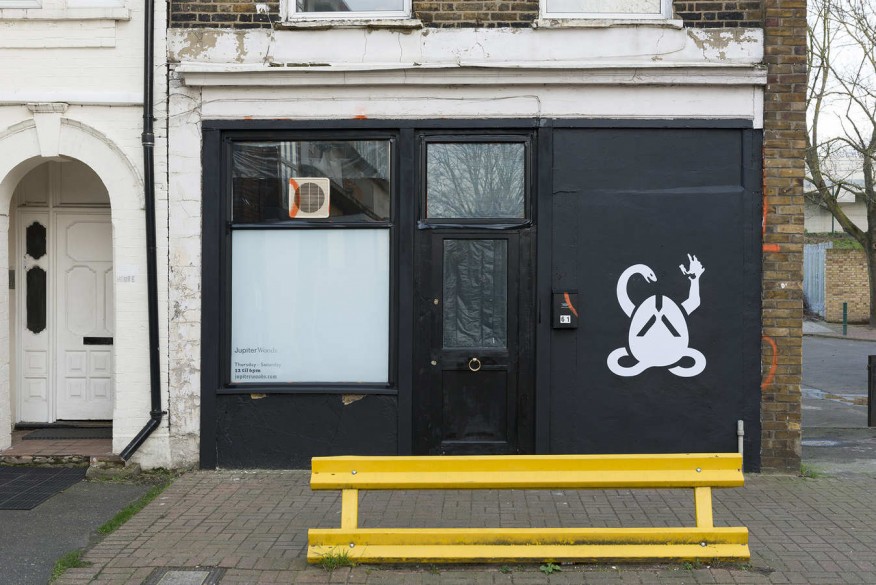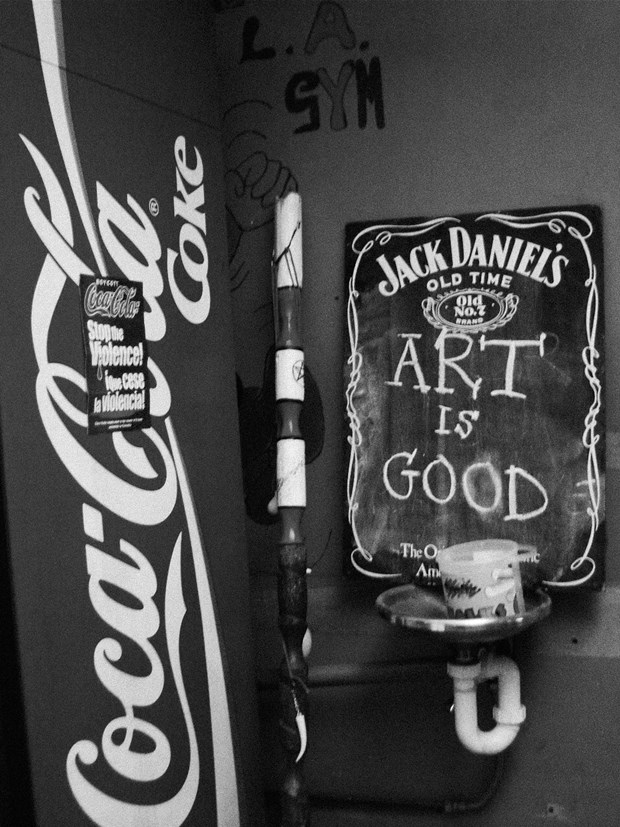The Renaissance in South London
Something’s up with Southeast London. Hardly a generation ago, this area of the city was infamous for its underground music scene, facilitated by ease of squatting in the many abandoned buildings that riddled the offshoots of now-bustling roads like Peckham High Street and Rye Lane. The government cast a cursory glance over the area “south of the river” in the 70s and 80s; it wasn’t until the 90s and aughts that the bubbling over of the music scene onto the street as in the Deptford Urban Free Festival and other conspicuous, sometimes violent, gatherings, that the council seriously turned its attention to the “regeneration” of Peckham. The iconic Dolehouse was evicted and up came the Peckham Library, a new town square and government-funded housing projects, while the rent remained low. Triangulated between two of London’s creative hubs — Camberwell and Goldsmiths University, remaining relatively cheap, easily accessible, and with an abundance of available space, Peckham and Co. seemed ripe for a transformation.

While the cost of living climbed in other art districts like Shoreditch and Dalston and studio space became less available, the area south of the river has become host to the boundary-defying visions and energies of local art school students, who in many senses have served as the catalyst for later moneyed cultural developments. An abandoned police station in Deptford became home to a studio collective and arts space, while the low rent costs made it possible for experimental, interdisciplinary spots like the residency, research, and exhibition hub Jupiter Woods to open its doors in 2014, shortly after their founders graduated from the Curating programme at Goldsmiths: as new figures in London’s art scene with an acute idea of where it would go next.

So perhaps what’s happened around Peckham Rye station is not surprising, slotting rather neatly into what can only be described as a type of cultural renaissance in southeast London. But the constellation of spaces and organizations that encircle the rails are changing the future direction of London’s art scene. Their interdisciplinary approach and experimental programmes, integrated publishing houses, artist residencies and community events, plus their accessibility and focus on new, emerging talent all combine to buck the trend of larger, more established contemporary institutes and galleries that can be seen as following a more conservative programme by featuring already established artists. Peckham’s art row, on the contrary, is becoming the most exciting area for emerging art, by addressing real social and political issues into their agenda and curating more meaningful, relevant shows. But even more than that, they are doing what Peckham does best: bringing the community spirit and the buzzing sociability the area is so famous for back into the game.

The art venues south of the Thames are an engaging and unique experience, and not just because of what’s on the walls. Like old friends, they go way back: growing together out of the squatting movement of the 90s to representing each other in exhibitions, assisting each other with curating and promotion, and now collaborating to bring topics and issues of the 21st century to the discourse of contemporary art in London by actively critiquing the institution they are a part of. Effectively transitioning from squatting and anarcho-punk politics to inventing programmes that critically interrogate the roles of capitalism and digital culture in today’s society, this cluster of galleries is making huge waves in the future of contemporary art.
